This week I’m trying something new. I’m taking part in a Round Robin with several other authors, in which we all write an article on the same topic, and publish it on the same day. I’ve never written a post like this before, but I’m quite excited about it – especially about seeing what the other authors are going to write! (You’ll find their names and links below.)
The theme we’ve been given is Abandoned. and as soon as I heard the topic, one subject immediately sprang to mind: the abandoned woollen mills in West Yorkshire in the north of England, where I live. If you live in West Yorkshire, you can’t fail to be affected by the sight of these glorious Victorian buildings, once hives of industry providing employment to hundreds of thousands of people, now empty and decaying shells. In the city of Bradford alone there were 300 mills, almost all of which have now fallen completely into disuse.
In town after town across West Yorkshire you’ll come across buildings like the ones in my photos. I took these particular photos in the village of Marsden last week. In the grey mist of an autumn day in Yorkshire, the old mills look particularly forlorn and depressing, and even quite sinister, with their rusting pipework and smashed windows. Shrubs and ivy, and even young trees, have begun to reclaim the land where these proud mills once stood.
Right up until the 1970s, when fierce competition from the far East finally sounded the death knell for the Yorkshire woollen industry, these mills were thriving symbols of the region’s wealth. Some of the mills built in the nineteenth century were spectacular pieces of architecture. Mills such as Salt’s Mill, in the village of Saltaire, where I live.
Salt’s Mill almost followed the same fate as many hundreds of other mills across the region, but in the 1980s the abandoned mill building was rescued by wealthy entrepreneur Jonathan Silver, and it’s now a thriving cultural, commercial and retail centre. The village of Saltaire is now a UNESCO preserved site. I previously wrote a full post about the history of Salt’s Mill and Saltaire, with lots of photos, so feel free to check it out here!
The setting for my first contemporary romance, The Silk Romance, is the city of Lyon in France. I mention it here, because Lyon, too, was once a thriving textile centre, producing quality silk for countries around the world. Lyon’s silk mills have sadly followed a similar fate to the woollen mills in Yorkshire, and the silk-weaving district of the Croix-Rousse in Lyon is no longer the centre of the silk industry, but also a UNESCO preserved site.
Jean-Luc Olivier is the hero of The Silk Romance. I made him the owner of a modern-day silk mill, and I have him say these words to the heroine:
‘We have a saying that there are three rivers at the heart of Lyon. There’s the river Rhône, the river Saône, and there’s the river of tears left by the silk workers.’ He looked back down the traboule, past the sombre stones to the motes of dust swirling in the sunshine beyond. ‘Most of the mills in this city are closed. I intend to bring silks back to their rightful place in Lyon.’
I’m glad I was able to rescue an abandoned mill in Lyon, even if only in fiction.
So this is the end of my Round Robin post on the theme of Abandoned. Now I’m really looking forward to seeing how my author friends have tackled the theme. I hope you’ll join me, and check out the following sites.
In the meantime, if you’ve enjoyed this post, and have any questions or comments at all, then please let me know. I’d love to hear from you!
Participating authors:
Skye Taylor
Connie Vines
Rachael Kosnski
Marci Baun
Anne Stenhouse
Judith Copek
A.J. Maguire
Ginger Simpson
Beverley Bateman
Rhobin Courtright

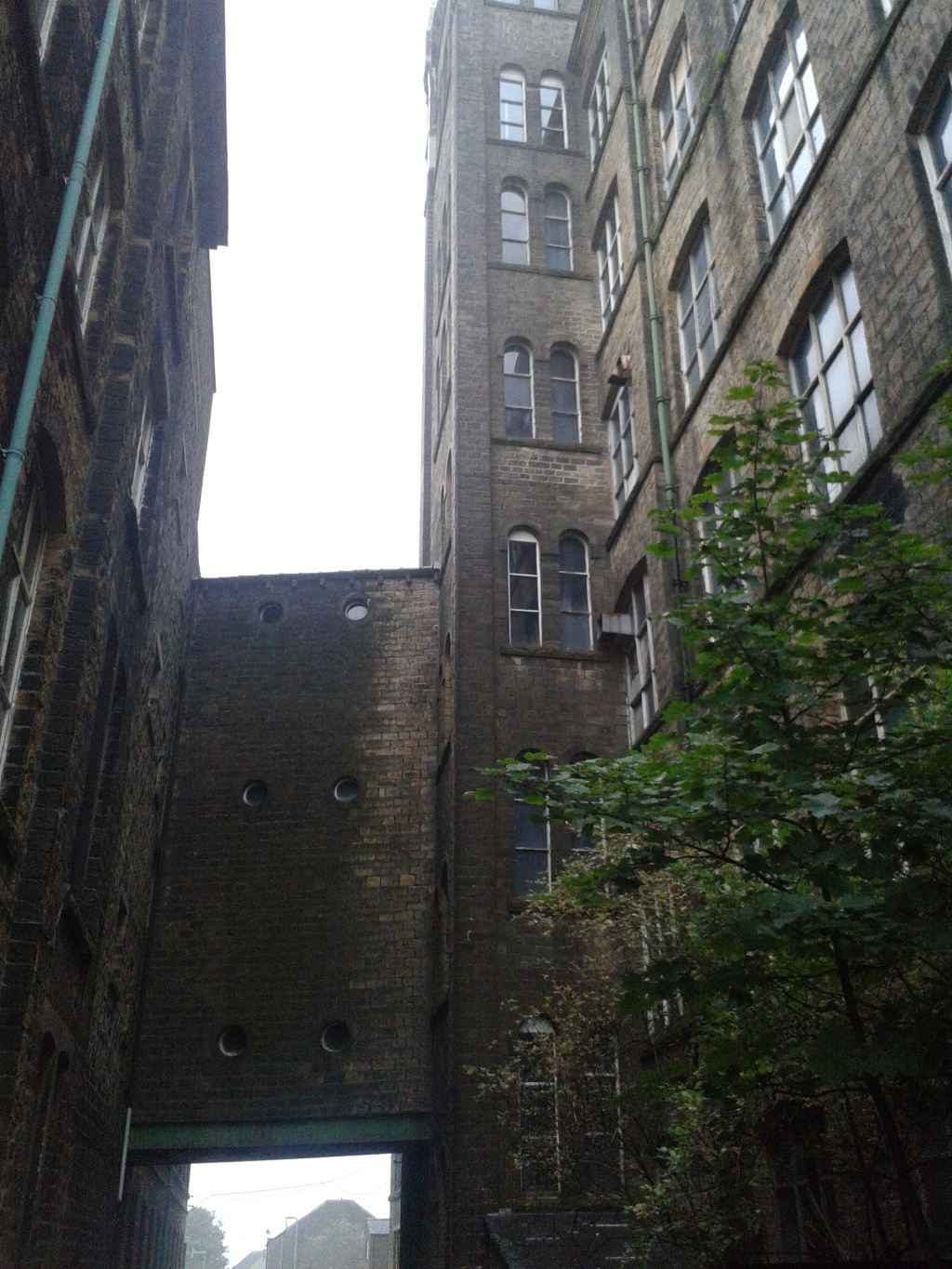
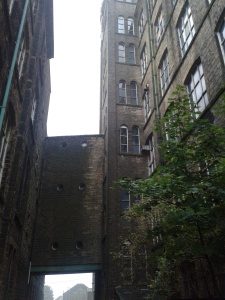
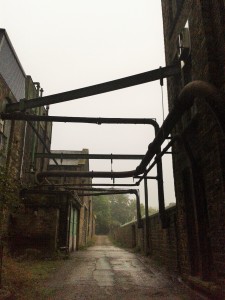
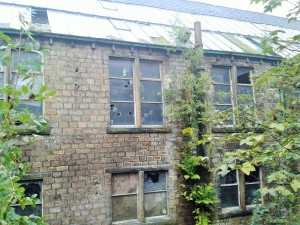
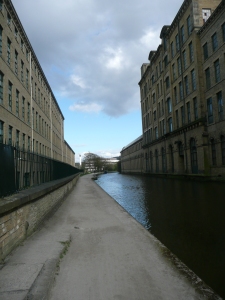
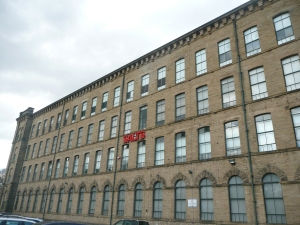
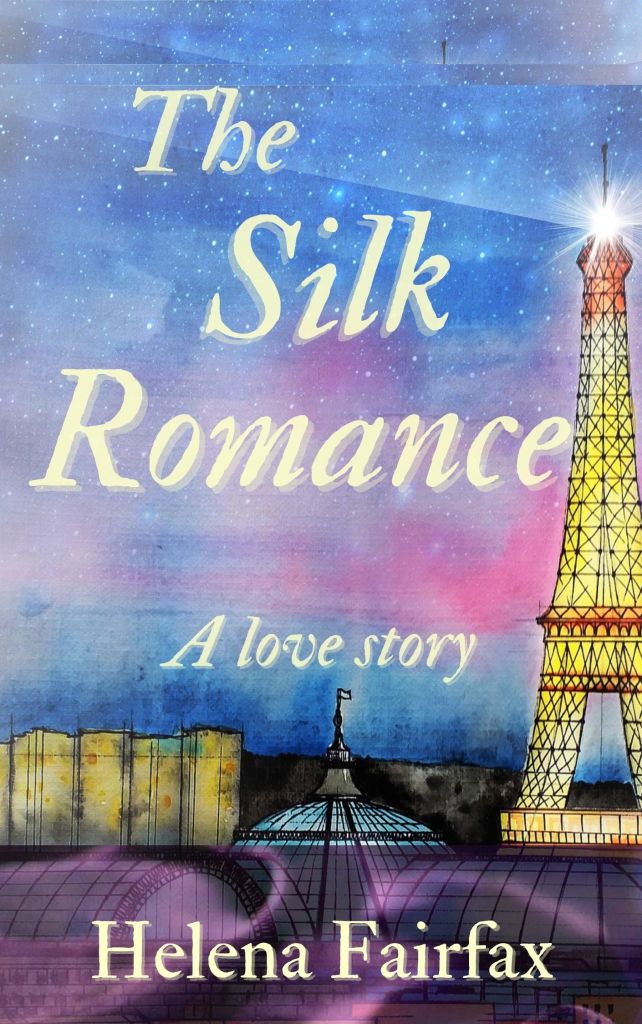
Leave a Reply